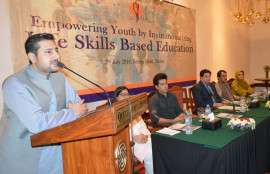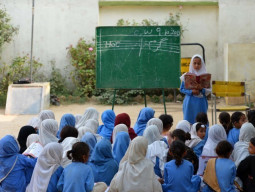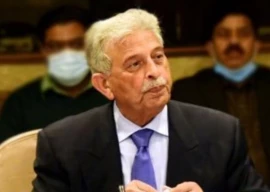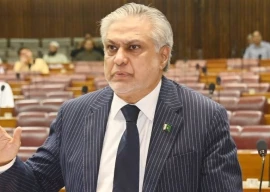
Today, a four-year undergraduate degree is considered the new matriculate. Without such a qualification, at least for people living in Pakistan, it is quite certain that one will not be able to, baring a few extraordinary exceptions, escape the vicious trap of poverty and one’s children may suffer through the same.
But the real challenge is, in the case of Pakistan, that the absolute minimum delivery/operational costs for a four-year bachelor’s degree, per person, is close to Rs1.2 million, regardless of whether it is a government or privately owned institution; and the delivery costs at high performance, research intensive, elite universities in Pakistan is closer to Rs10 million. These numbers do not take into account the brick and mortar/capital costs of campuses, lab equipment and other fixed costs, etc.
For a country like Pakistan with 75 million youngsters between the ages of 15-29 years, in 2018, the outlay at the very least, at the minimum acceptable quality, is $1.0 trillion to tertiary educate all, ie to give them a chance of a decent, respectable life and global access. Currently, only two million students are receiving such a level of tertiary education. Over the next 30-35 years, with a 2% population growth, the funds requirements would be closer to $2 trillion and this is only for the tertiary education.
A country with sovereign reserves of $10 billion in 2018, this requirement is a multiple of 200x. The entire Saudi Arabian sovereign reserves, according to some estimates, are closer to $2 trillion; and those of Norway are closer to $1 trillion. In short, the insurmountability of this so-called Education Emergency, at the current trajectory, with the associated, deeply inefficient brick and mortar system, even with full government support and absolutely no corruption, is self-evident. We, the society, just do not have the financial resources, to educate all our children under the current costs structure, for at least the next 25-30 years. Currently, this privilege is being enjoyed by the top 2.5% only.
Therefore, this is not only an Education Emergency it is also a serious, existential grand challenge for the next 15-years for Pakistan. Solving it would require massive funds, a deeply entrepreneurial mindset, a committed leadership at the top, and an integrated approach between various academic disciplines and multiple government ministries.
The good news is that many technologies from the 4th Industrial Revolution provide us hope for solutions for this serious challenge, just like cheap mobile phones/GSM networks were able to help us leapfrog the telecom connectivity problem in less than 15 years. A possible solution to the Pakistan education grand challenge would at least and most likely include leveraging broadband (4G/5G) technologies for ubiquitous, cost-effective, high speed internet access; production quality digitised content delivered through either mobile and/or cost-effective laptops; AI and cognitive science powered Adaptive Learning Management Systems; a national curriculum and the associated assessments for the 21st century and the 4th Industrial Revolution; and some consensus/sensible framework on the language of instruction debate.
For starters, perhaps the office of the president of Pakistan could take a lead on this debate and eventually lead this long-term grand challenge for the next generation.
Published in The Express Tribune, September 10th, 2018.
Like Opinion & Editorial on Facebook, follow @ETOpEd on Twitter to receive all updates on all our daily pieces






























1714024018-0/ModiLara-(1)1714024018-0-270x192.webp)









COMMENTS (1)
Comments are moderated and generally will be posted if they are on-topic and not abusive.
For more information, please see our Comments FAQ